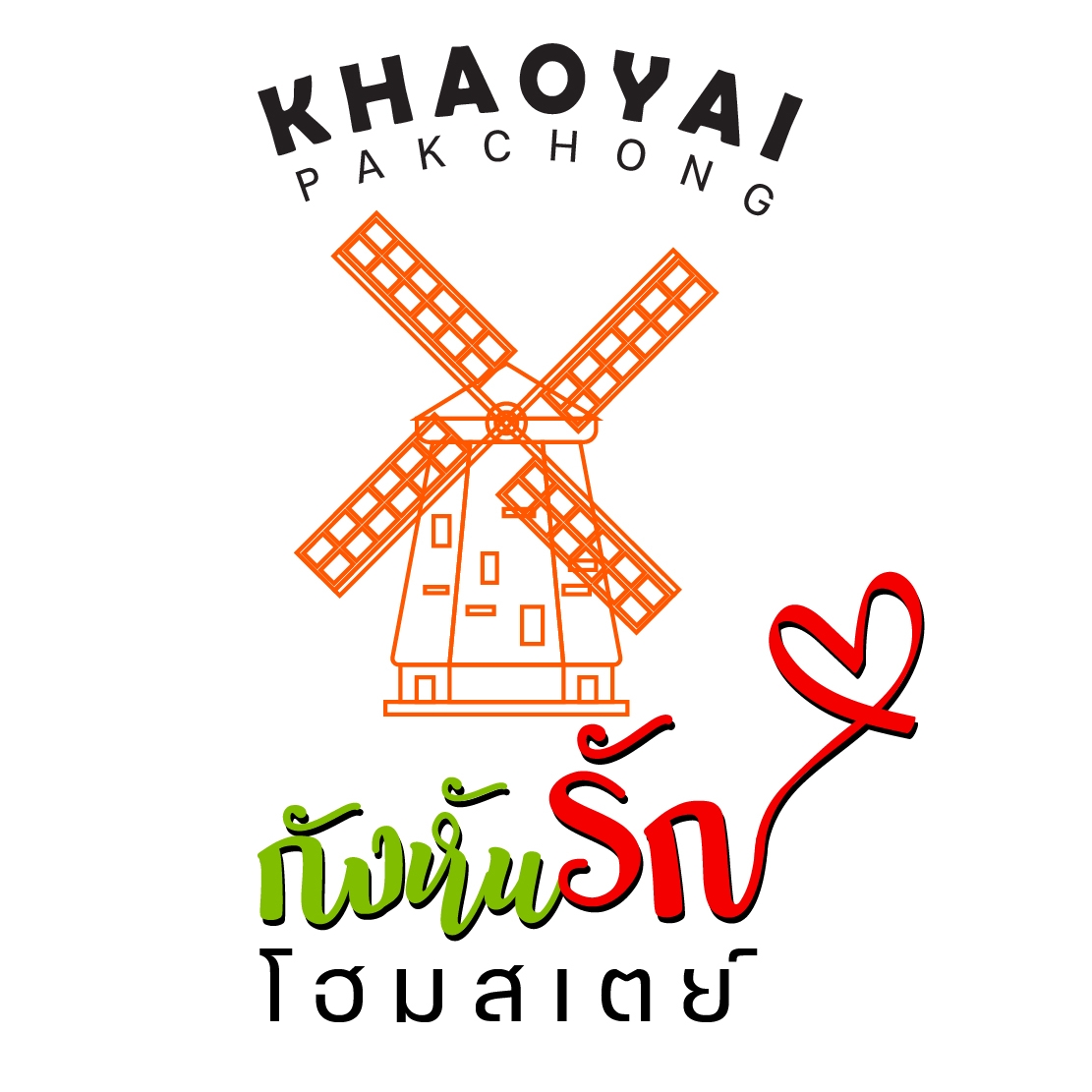In today’s interconnected world, student areas play a critical duty fit academic and personal experiences.

These communities are not simply collections of individuals yet are dynamic environments that promote growth, discovering, and partnership among pupils. They differ commonly in type and feature, from campus-based teams to international on-line forums, each offering one-of-a-kind opportunities for involvement and development.
Whether you are tipping onto a college campus for the very first time or participating in digital learning environments, understanding the framework and advantages of student neighborhoods can significantly enhance your academic journey. This write-up delves into the essence of trainee communities, checking out exactly how they work, the benefits they offer, and the ways in which they can be leveraged for individual and scholastic success.
Recognizing Pupil Communities
Pupil communities are fundamental to the academic experience, working as both social and instructional support systems. At their core, these neighborhoods are teams developed normally by pupils who share typical interests, goals, or fields of study. They can be informal, such as study hall, or formal, like trainee unions and clubs.
These neighborhoods are defined by a common identification and the collective pursuit of expertise, abilities, and experiences. They function as platforms for students to connect, team up, and add to each other’s growth, expanding beyond academic borders to affect individual advancement and neighborhood involvement.
Fundamentally, student areas are microcosms of bigger social frameworks, where management abilities are developed, concepts are traded, and long-lasting friendships are developed. The communications within these neighborhoods show a varied mix of social, intellectual, and social dynamics.
- Networking Opportunities: Pupil communities give a network of peers and mentors that can supply support and support.
- Ability Growth: Engaging in neighborhood activities assists trainees develop necessary abilities such as communication, leadership, and teamwork.
- Resource Gain access to: These neighborhoods often give access to scholastic resources, including research study products and professional suggestions.
- Social Engagement: They offer a system for social interaction, reducing the change into new academic settings and aiding to combat isolation.
Through these various features, pupil communities become essential to the holistic advancement of trainees, laying a foundation for future professional and individual success.
The Advantages of Participating In Trainee Areas
The advantages of taking part in trainee communities are multifaceted, affecting both academic and individual rounds.

On an academic degree, these communities urge joint understanding, permitting students to gain from varied perspectives and knowledge. Sharing understanding and sources within a neighborhood can cause a lot more efficient learning outcomes and improved scholastic efficiency.
Furthermore, trainee communities supply a system for individual development and self-discovery. By engaging with peers from different backgrounds and self-controls, students get a broader worldview, improving their cultural competence and empathy. This exposure to varied point of views is vital in creating critical thinking and analytic abilities.
In addition, energetic involvement in area tasks can increase pupils’ self-confidence and self-confidence. Handling leadership duties or participating in discussions and events cultivates a feeling of success and belonging, which is vital for overall wellness and motivation.
Types of Pupil Areas
Pupil communities come in different types, each catering to different interests and goals. These can be extensively classified right into scholastic, social, entertainment, and specialist neighborhoods, to name a few. Each kind provides distinct systems and chances for trainee involvement.
- Academic Communities: These are commonly centered around certain disciplines or academic passions. Examples include study hall, honors cultures, and departmental clubs.
- Cultural Communities: These groups focus on advertising social awareness and variety, commonly arranging events and tasks to commemorate different traditions.
- Leisure Communities: These consist of sporting activities groups, entertainment clubs, and hobby-based teams that supply a break from scholastic rigors and advertise physical and psychological health.
- Specialist Communities: These are targeted at occupation development, supplying networking opportunities, workshops, and mentorship programs to prepare students for the specialist world.
By identifying and involving with the appropriate areas, pupils can customize their university experiences to align with their passions and profession aspirations, paving the way for a fulfilling scholastic journey.
Constructing a Flourishing Trainee Area
Producing and preserving a thriving student area needs effort and partnership from both trainees and schools. It begins with fostering a comprehensive atmosphere where all pupils really feel invited and valued no matter their histories.
Institutions can sustain this by giving sources and centers that encourage communication and engagement. This includes developing physical spaces like student unions and on the internet systems that help with communication and cooperation. Additionally, arranging events, workshops, and seminars can even more improve engagement, offering pupils with opportunities to connect and pick up crowdsourced education from each other.
Management and Trainee Participation
Efficient leadership is crucial in supporting an effective student area. Management duties within these neighborhoods provide students a possibility to establish and demonstrate their business and interpersonal skills. Trainees who think these duties add significantly to establishing the tone and direction of their communities, influencing their peers favorably.
Urging management and active involvement among students not only strengthens the area but also encourages individuals, preparing them for future challenges. By cultivating a culture of cooperation and assistance, student areas can prosper, leaving a long lasting impact on their participants and the scholastic environment all at once.
